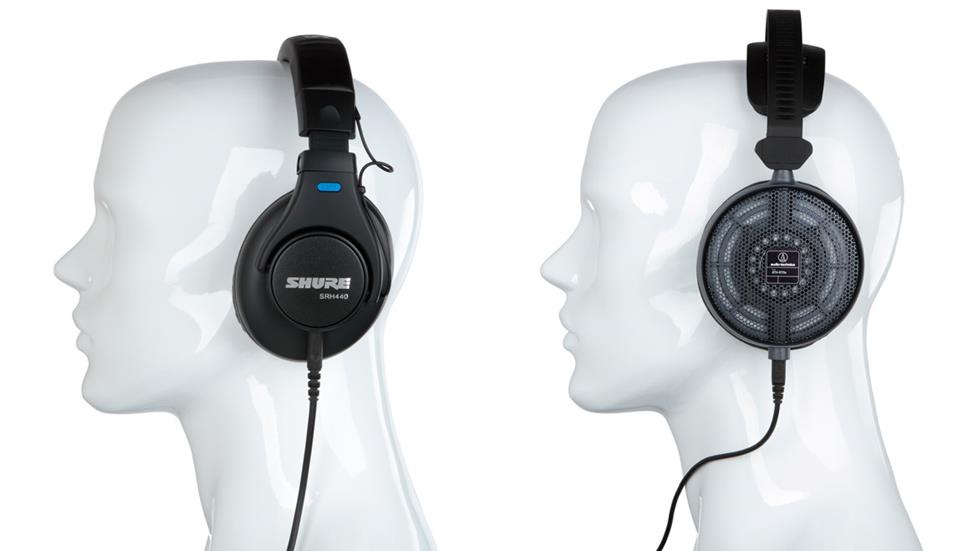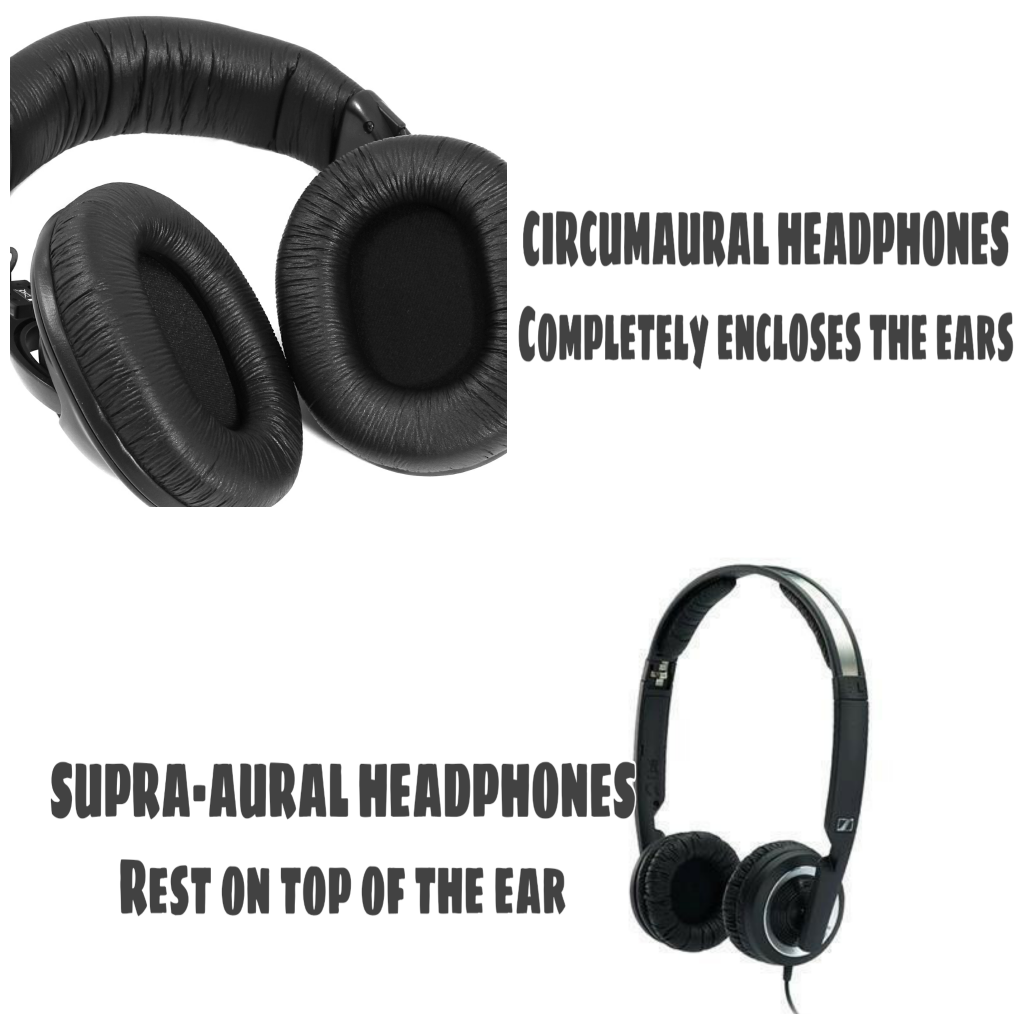What Should You Look for in a Studio Headphone Before Buying One
The market right now is filled with countless headphones that promise you to deliver the best sound. Now, while its possible to just pick one and hope it will give you the best results, that is not a luxury you can afford if you are shopping for studio headphones. Especially since not just any headphone can be used in the studio. The standard headphones for listening to music are designed to heighten certain frequencies or otherwise called music sweetening by providing you more bass or treble. But as a musician or studio engineer, you need headphones that will give you a true sound or what the professionals call a flat frequency. It’s not uncommon to find the normal earbuds in the studio though. These are used by studio professionals to hear how the final copy will sound to the consumers.
So, before continuing to some of the most important factors to consider before buying headphones let’s get familiar with some common headphone terminologies.
Open-back vs Closed-back Headphones

These are the terms used to refer to the design used in making the ear cups. If the headphones are completely closed at the back cover then these are closed headphones. These do not leak in any background noise nor does any sound leak out to the surrounding environment. Which makes them the perfect headphones for recording.
Open-back, on the other hand, provides less isolation by allowing sound to flow in and out of the headphones. But this is also a good thing as it results in a natural sound unlike in the closed headphones where the build-up of pressure inside the headphones results to exaggerated low frequencies. The open-back headphones are hence more suited for mixing and mastering the sound.
I should also mention that there is a third type of headphones. This is known as the semi-open headphone. It’s a combination of the closed and open designs and therefore allows some amount of sound to pass through while at the same time providing decent isolation.
Circumaural vs Supra-aural Headphones

You may also have heard these referred to as over-the-ear for circumaural and on-the-ear for Supra-aural. What this basically means is that the circumaural headphones completely enclose the ears while the supra-aural headphones just press against the ears. As a result, there is less noise isolation in supra-aural which makes them more suited for standard use rather than use in the studio.
Factors To Consider Before Buying A Studio Headphone
There are three main factors of Studio Headphones which you’ll have to keep in mind before making a decision.
- Wired or Wireless – Wi-Fi and Bluetooth technology has become a popular means of pairing devices wirelessly and provides an excellent alternative to wired connections. But if you are buying headphones for studio use we recommend the wired ones. In fact, all of the studio headphones are wired only allowing you to detach the cable. The reason for this is that most of the pro studio equipment has been designed to work with wires and you may, therefore, have compatibility issues with wireless connections. Also, the signals tend to get compressed when being transmitted wirelessly which may not give you the most accurate sound. And finally, if you are using them in the studio then you won’t be probably moving much, therefore, you do not have to worry about inconveniences that come with wires.
- Comfort – It is expected that you will be wearing these headphones for long periods of times and thus comfort is not something you should compromise. Ensure that the ear cups and headband are sufficiently padded to avoid exerting too much pressure on the ears and the head. Nevertheless, this will come at a price. You should expect your ears to get a little hot after a long time wearing them.
- Durability – If you are using the headphones commercially, the constant shifting of hands from one person to another leaves the headphones sensitive to wear and tear. Therefore, when choosing your cans try to find out if their various parts can be easily replaced. This will save you from having to buy a completely new headphone when the fault is only in a small area that can be easily repaired. The overall build should also be solid enough to withstand continuous yanking and minor falls.
Technical Specifications Details
- Size of the driver- The bigger the driver the higher the volume. But it would be false to assume that the sound quality is directly proportionate to driver size because then the earphones would have the worst quality sound right? So while the size of the driver is still something to consider when buying the headphones, the material used to make the driver plays a bigger role in determining sound quality.
- Impedance- Explaining impedance may need us to dive into technical jargon that will only confuse you more and, therefore, to make it as simple as possible this is what you should know. The lower the impedance a headphone has then the better sound quality it will produce even when powered by less powerful devices. High impedance headphones will need more power in order to produce great quality sound.
- Frequency response- The standard frequency range that a human can hear is between 20Hz to 2kHz. Therefore, a good headphone should be able to effectively reproduce frequencies within this range. Some may also offer an extended range which is a great thing.
- Sensitivity- This refers to how well a headphone is able to convert electrical signals into sound using the power it is receiving. For instance, if a headphone is labeled 90dB then this is the magnitude of its loudness when provided with 1mW of power. Essentially the higher the sensitivity the better the sound.
Conclusion
That’s about all you need to know before buying studio headphones. But ultimately you can only buy what you afford. So while also looking for the best features also have a specific budget in mind that you can compare against your headphone of choice.





